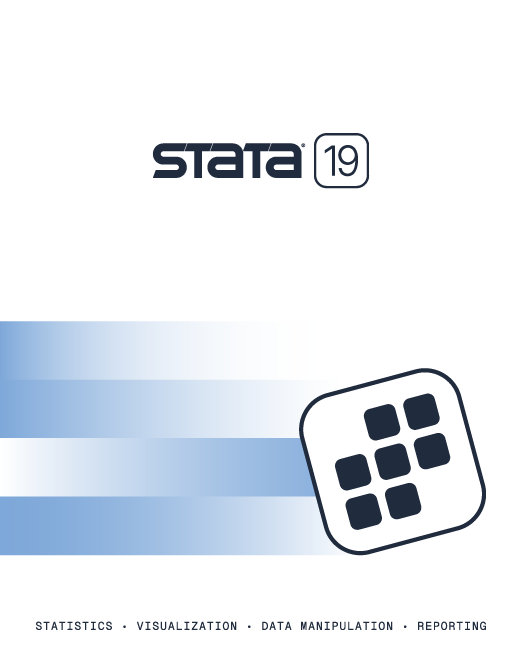
|

|
Kimiko Osada BowmanKimiko Osada Bowman (1927–2019) was a Japanese American statistician. Born in Japan, she immigrated to the United States, where she earned degrees in mathematics and chemistry from Radford College and a PhD in mathematical statistics from Virginia Tech. She worked as a research scientist at the Oak Ridge National Laboratory in Tennessee. Her research focused on approximations of the the distribution of maximum likelihood estimators for nonnormal data. She was an active researcher at Oak Ridge for 50 years, authoring or coauthoring 3 books and 200 articles. A survivor of polio, she advocated for individuals with disabilities. She chaired the National Science Foundation Committee on People with Disabilities and chaired a task force that ensured that Census questionnaires include relevant questions about people with disabilities and contain accurate results. Bowman was a fellow of the American Statistical Association, the American Association for the Advancement of Science, and the Institute of Mathematical Statistics. |

|
Alanna ConnorsAlanna Connors (1956–2013) was a Hong Kong-born American astronomer and statistician. She earned a bachelor's degree in physics at MIT and a PhD in astronomy and physics at the University of Maryland, College Park. She worked at the Compton Gamma Ray Observatory, the Space Science Center at the University of New Hampshire, and at Wellesley College. She was a founding member of the California-Harvard Aerostatistics Collaboration, which brought together scientists and statisticians to exchange ideas and methods. Her research pioneered the application of Bayesian methods to solve astrophysical problems. In astronomy, she introduced a detection method for X-ray transients and worked on methods for detecting gamma ray bursts. Her work demonstrated the practicality and usefulness of Bayesian methods in astrostatistics. She was also a coinvestigator on one of NASA’s earliest projects on building Python software for astronomers. |

|
Evelyn FixEvelyn Fix (1904–1965) was an American statistician born in Duluth, Minnesota. She earned an MA in mathematics from the University of Minnesota and a PhD from the University of California, Berkeley. She remained at Berkeley, becoming one of the first two women hired as assistant professors in the statistics group of the department of mathematics. She later helped organize the statistics faculty at Berkeley into its own department. Fix contributed to discriminant analysis, including the development of the nearest-neighbor rule which has found renewed use in machine learning. She also contributed to kernel density estimation, power analysis, and statistical problems in biology, health, and epidemiology |

|
Wilfred Keith HastingsWilfred Keith Hastings (1930–2016) was a Canadian statistician. He studied mathematics at the University of Toronto, earning a bachelor’s degree and PhD. He worked at the University of Canterbury and at Bell Labs before returning to teach and research at the University of Toronto. His signature work was on Markov chain Monte Carlo simulation. His article on Monte Carlo sampling methods in 1970 extended the algorithm of Metropolis in 1953, leading to the Metropolis–Hastings algorithm. The work was originally spurred by high-dimensional problems in chemistry and has become a cornerstone of Bayesian statistics. He later joined the department of mathematics at the University of Victoria, where he taught for 21 years. |

|
Michael HillsMichael Hills (1934–2021) was born in Hertford, UK, north of London, and studied at Oxford. He worked at the London School for Hygiene and Tropical Medicine in two spells from 1962 to 1971 and from 1985 to 1996. In the interim, he worked at the Natural History Museum and the Open University. He was a prolific teacher. His lectures at the European Education Programme in Epidemiology (known as the "Florence Summer School") led to a textbook with David Clayton, Statistical Models in Epidemiology. The book became a classic reference for epidemiologists, providing an accessible link between statistical modeling and epidemiological research. Beyond teaching, Hills made contributions to study design, the analysis of binary and discrete data, and applied work in anthropometry, medicine, and epidemiology. Hills was a longtime teacher with Stata and member of the Stata community. He wrote several commands, often with David Clayton, some of which formed the basis for official Stata commands of the same name. His influence is most directly seen in tabodds and mhodds for epidemiological tables; stmc, strate, and streg for survival-time analysis; and contributions to egen for data management.
|